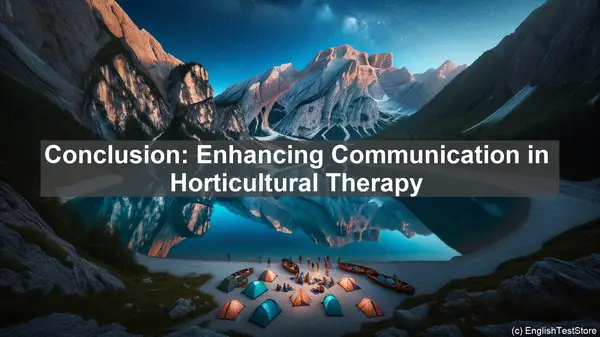Introduction to Commonly Confused Words
As you delve into the world of horticultural therapy, you’ll come across several words that might seem similar but have distinct meanings. These words, when used interchangeably, can lead to misunderstandings. Today, we’ll explore the top 10 such words and clarify their differences.
1. Horticulture vs. Agriculture
While both horticulture and agriculture involve plant cultivation, they differ in scale and purpose. Horticulture focuses on gardening, landscaping, and ornamental plants, while agriculture encompasses large-scale crop production for food and other resources.
2. Annual vs. Perennial
Annual plants complete their life cycle within a year, while perennial plants live for multiple years. Understanding this difference is crucial when planning a garden or designing a therapy program with long-term plant care requirements.
3. Pruning vs. Trimming
Pruning involves cutting back branches or stems to promote plant health and shape. Trimming, on the other hand, focuses on maintaining a neat appearance. Both are essential techniques, but their objectives differ.
4. Compost vs. Fertilizer
Compost is organic matter that enriches the soil, improves its structure, and provides nutrients. Fertilizers, on the other hand, are specifically formulated nutrient supplements. While compost is a natural, slow-release option, fertilizers offer targeted, immediate nourishment.
5. Pesticide vs. Herbicide
Pesticides are substances used to control pests, which can include insects, fungi, or weeds. Herbicides, as the name suggests, specifically target and eliminate weeds. Using the right type of control agent is crucial to ensure plant health and prevent unintended damage.
6. Propagation vs. Germination
Propagation involves creating new plants from existing ones, often through methods like cuttings or grafting. Germination, on the other hand, is the process where a seed sprouts and begins to grow. Both are important for plant reproduction but occur at different stages.
7. Pollination vs. Fertilization
Pollination is the transfer of pollen from the male to the female parts of a flower, while fertilization is the fusion of male and female gametes, leading to seed formation. While some plants can self-pollinate, others rely on external agents like insects or wind.
8. Shade vs. Sun Tolerance
Plants have varying degrees of tolerance to sunlight. Shade-tolerant plants thrive in low-light conditions, while sun-tolerant plants require direct sunlight for optimal growth. Understanding these requirements is crucial when selecting plants for different areas in a garden.

9. Mulch vs. Groundcover
Mulch is a layer of material, often organic, applied to the soil surface. It helps retain moisture, suppress weeds, and regulate soil temperature. Groundcovers, on the other hand, are low-growing plants that cover the soil, providing similar benefits while also adding aesthetic value.
10. Therapy vs. Rehabilitation
While both therapy and rehabilitation aim to improve a person’s well-being, they differ in their approaches. Therapy focuses on treatment, often involving activities like horticulture, to address physical or mental conditions. Rehabilitation, on the other hand, is a broader process that involves restoring function and independence after an injury or illness.

